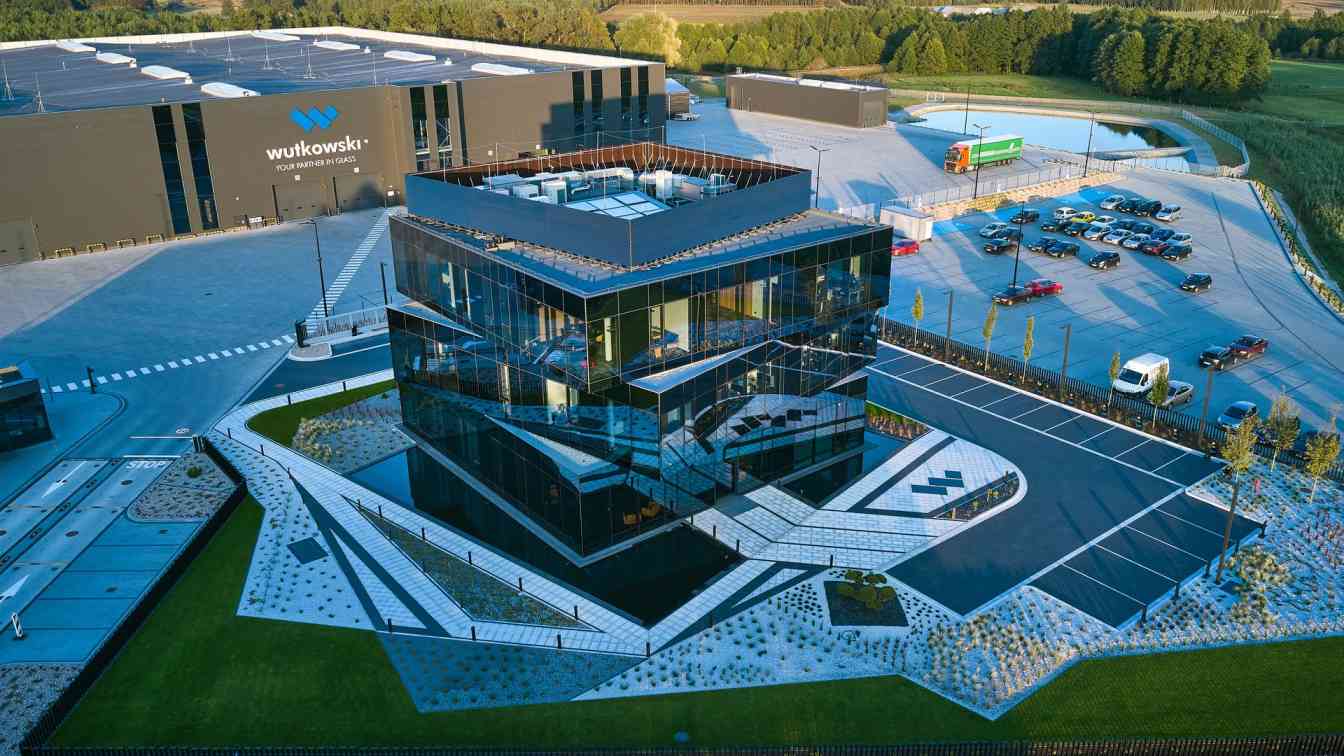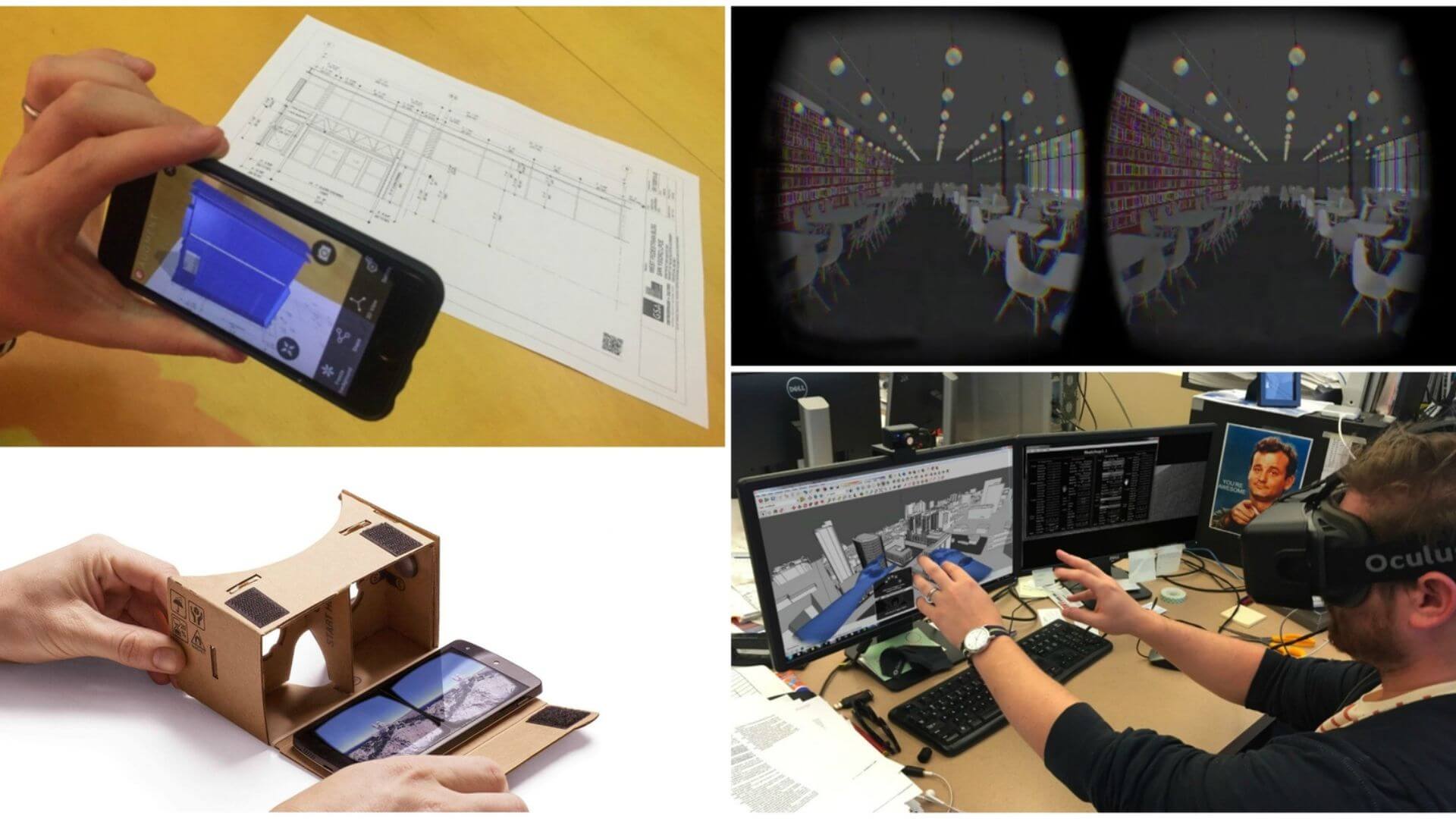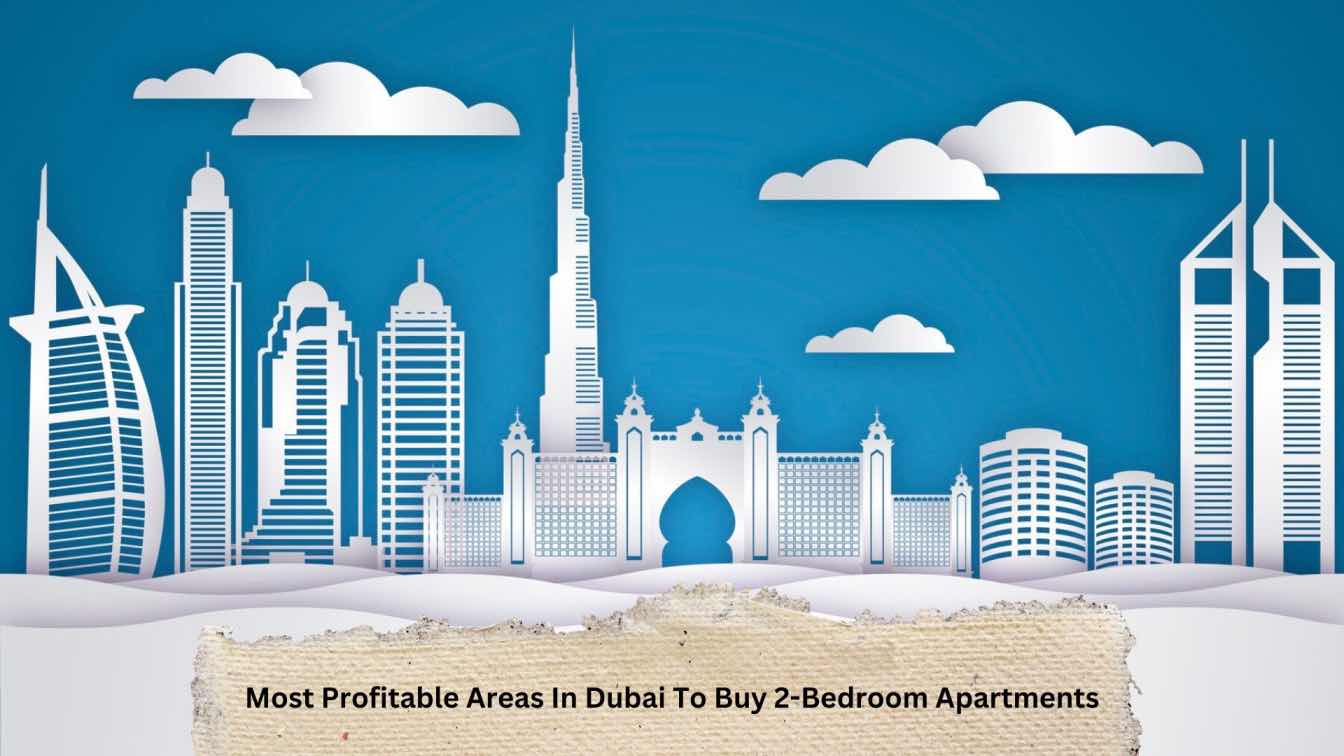Look around, and you'll see our cities are changing. There’s a buzzing synergy between the bricks we lay and the ways we choose to get around. It’s more than mere convenience; it’s about crafting environments that cater to both our need for movement and our responsibility to the planet. This conversation between architecture and sustainable transit is turning our daily commutes into something smarter, cleaner, and way cooler. Architects and urban planners aren’t just filling spaces; they’re thinking about the carbon footprint of every bus ride home and the energy efficiency of the buildings we live and work in.
The Rise of Eco-Friendly Frameworks
In the world of architecture, there's a green revolution unfolding that stretches far beyond using energy-efficient light bulbs. Today's architects are literally building the future with sustainability in mind. Their blueprints often feature living green roofs that absorb rainwater, materials that reflect heat to save on cooling costs, and windows that do more than just let the light in—they help heat buildings too. These buildings are more than static structures; they're active participants in a city’s health. Integrating them with sustainable transit solutions like electric bus networks and bike-share programs transforms not just buildings, but the very way we think about moving around urban spaces.
Transit-Oriented Development (TOD)
Transit-Oriented Development, or TOD, is transforming how cities are built around the needs of public transport users. It’s about creating vibrant, livable communities where everything is just a short walk away from a transit stop. This planning strategy helps keep cities compact and reduces the urban sprawl that leads to heavy car use. By developing these hubs, TOD reduces long commutes and car dependency, making daily life not just easier but also more sustainable. The result? Neighborhoods with less pollution, more time for community interaction, and an overall boost in quality of life, proving that thoughtful planning can bring about substantial environmental and social benefits.
Revolutionizing Group Transportation
As the sustainable transit industry evolves, it's seeing a significant shift towards greener group transport solutions. Companies like luxury DPV Transportation are leading this change and are adopting fleets of hybrid and electric vehicles, significantly reducing the environmental impact of group travel. These initiatives are revolutionizing the movement of tourists and everyday passengers alike, making group journeys both luxurious and eco-friendly. This transformation in group transport not only meets the increasing demand for sustainable travel options but also sets a higher standard for environmental responsibility in the transportation sector. By enhancing the travel experience with high-end amenities and state-of-the-art technology, these companies ensure that sustainability does not compromise comfort. Moreover, this proactive approach in integrating eco-friendly practices is inspiring other sectors to follow suit, fostering a broader movement towards sustainability across industries.
The Aesthetic of Mobility
Imagine bus stops that aren't just functional but are masterpieces of design. Today, cities are turning these mundane structures into works of art and architectural marvels. Sleek, modern designs that complement their urban environments are becoming the norm, with amenities that make public transport more appealing. These hubs are equipped with free Wi-Fi, charging stations, and real-time transit updates, all housed in structures that make waiting for the next bus something you might actually look forward to. It’s about making the daily grind less “grindy” by creating spaces that are not just practical but pleasant. Furthermore, these aesthetically pleasing transit points often incorporate eco-friendly materials and energy-efficient technologies, reflecting the city's commitment to sustainability. They not only enhance the urban landscape but also promote a more enjoyable and responsible way to travel.
Technology Ties It All Together
Technology is truly the silent hero of modern urban mobility, seamlessly weaving into our daily lives to create more efficient and intelligent transportation systems. Innovations like the Internet of Things (IoT), artificial intelligence (AI), and big data analytics are revolutionizing how we navigate urban spaces. These technologies facilitate smart traffic management systems that reduce congestion and enhance safety by optimizing traffic flow and public transit schedules based on real-time data. Mobility-as-a-Service (MaaS) platforms are emerging as a holistic approach, combining various forms of public and private transportation into a single, accessible service.
Building Communities Through Design
In addition to influencing the physical environment, urban design is essential for establishing strong community bonds. There's a noticeable tendency with the growth of Transit-Oriented Developments (TODs) toward designing areas that promote community involvement and social interaction. Community lounging places, integrated public parks, and pedestrian-friendly routes all encourage social interaction among residents and foster lively social scenes that improve the well-being of the local community. The goal of these initiatives is to become the hub of urban communities, where daily encounters foster a stronger, more linked society, rather than just transportation stops.
Future Vision: Seamless Urban Mobility
Imagine a city where your morning commute is coordinated by a centralized AI system that optimizes vehicle routes in real time, reducing delays and virtually eliminating traffic jams. Such advancements could further decrease urban areas' carbon footprints by optimizing travel routes and reducing idle times, all while catering to an ever-growing urban population. These forward-thinking technologies promise to not only streamline how we move but also profoundly impact urban planning and the environmental health of our cities.
We're not just talking about getting from home to work anymore; we’re talking about how each part of our day is influenced by the spaces we traverse and the vehicles we board. This integration of architecture and sustainable transit is setting the stage for cities that aren’t just livable but lovable. The shift is real, and it's happening right under our feet. Each step towards integrating green transit options with innovative architectural designs isn’t just a leap into the future—it's a stride towards a sustainable lifestyle that feels as good as it looks.





